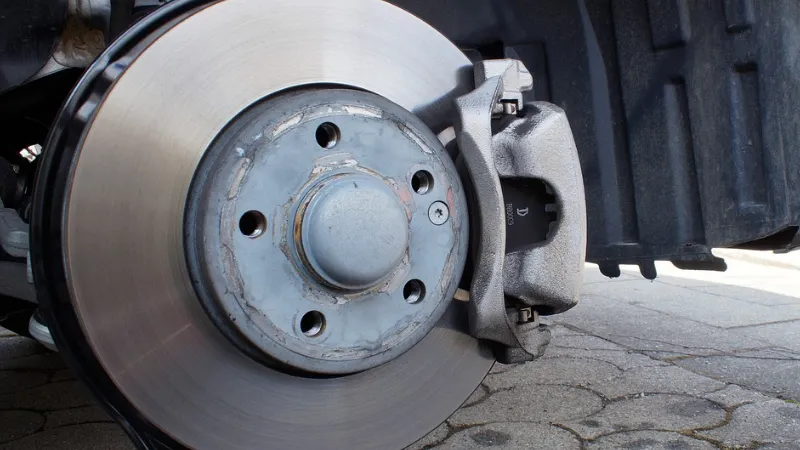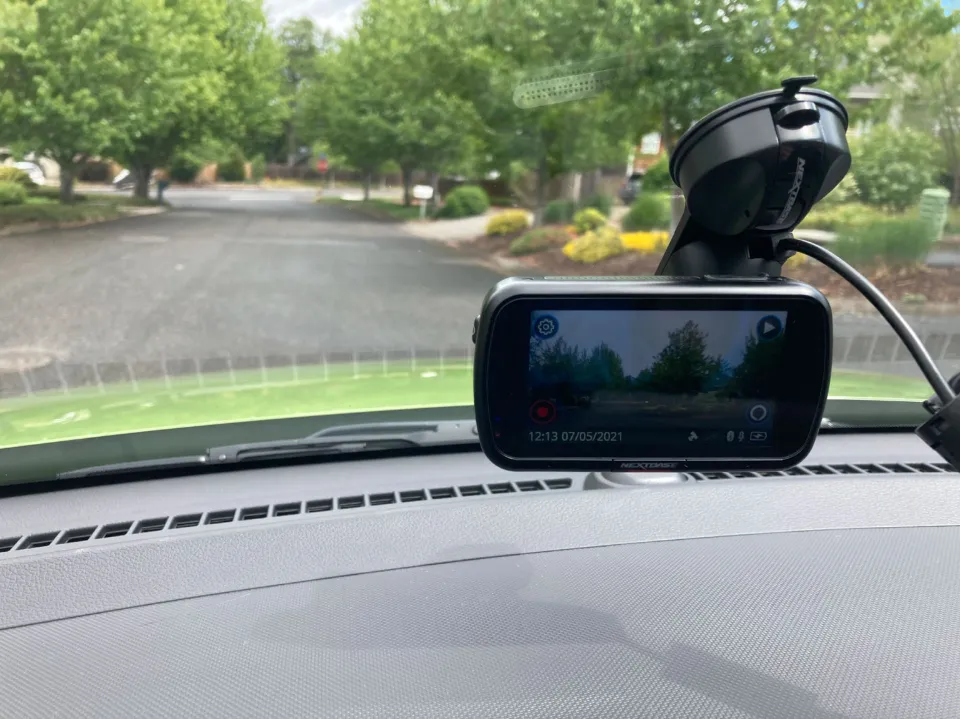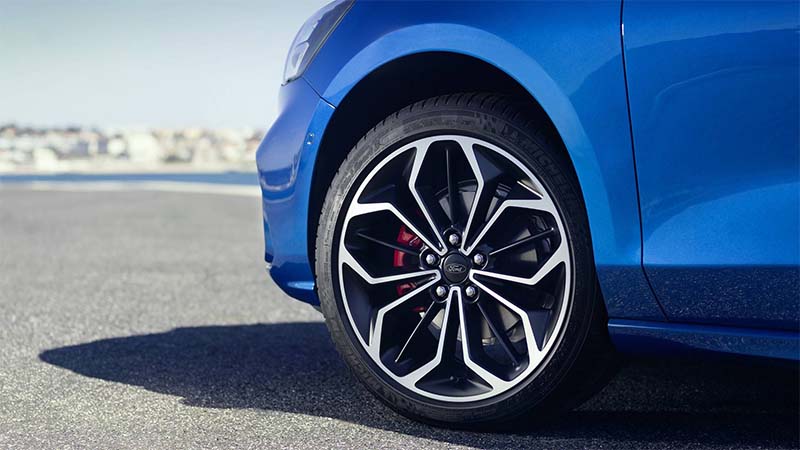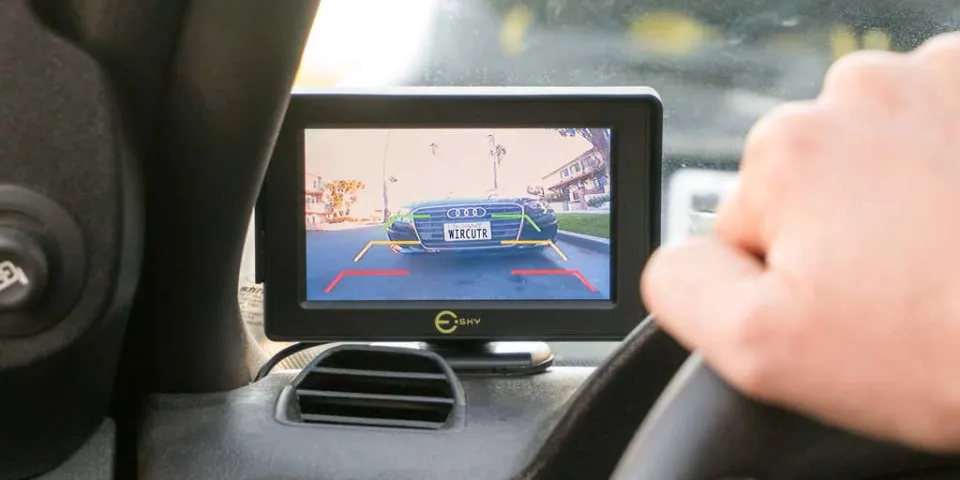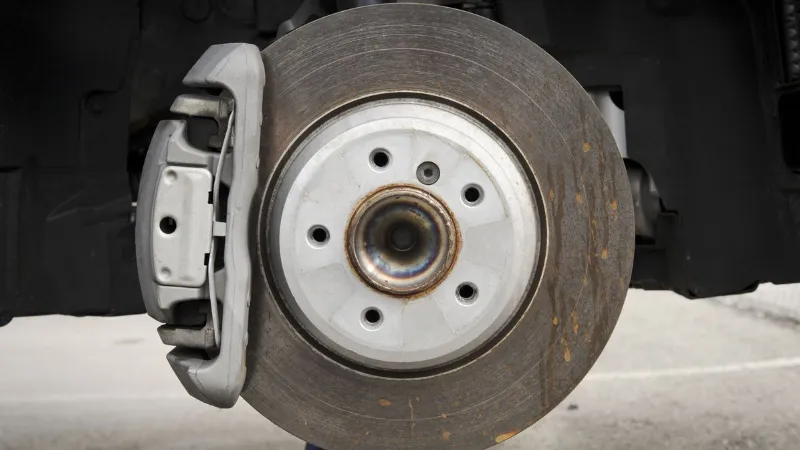When you need to change your brake pads, you may want to know “how long does it take to replace brake pads”. Below will give you details about replacing brake pads. Keep reading.
A professional mechanic can replace brake pads in under an hour, provided there are no complications. Without the tools that make the job go more quickly, a DIY mechanic will take up to 3 hours to get all of the pads replaced.
Please read on for more detailed information.
What Are Brake Pads?
How do car brakes work? A vital component of your car’s braking system are the brake pads, which are located between the brake drum and the brake shoe (the component that clamps down to slow the rotation of the tires). Other parts of your car, like the discs, rotors, and calipers, will start to deteriorate if your brake pads aren’t working properly. It’s critical to maintain effective brake pads to prevent expensive repairs and risky driving conditions. Knowing when to change your car’s worn-out brake pads is crucial because of this.

How Long It Takes to Replace Brake Pads?
As you can see, there are a few factors that play into how long it takes to replace brake pads. But typically, the task should be finished in between 30 and 60 minutes.
Some of the factors that will determine the time taken to replace your brake pads include:
The Type of Vehicle
How long it takes to replace your brake pads will depend on the kind of vehicle you drive. Front-wheel-drive, compact cars are typically easier and quicker to repair than all-wheel-drive, large cars.
The Tool You’re Using
It will take longer if you use hand tools than if you use power tools. It’s important to have the right tools for the job to make it go as quickly and smoothly as possible.
The Condition of the Brake Calipers
The removal and installation of the brake calipers will be simpler if they are in good shape than if they are worn out or damaged.
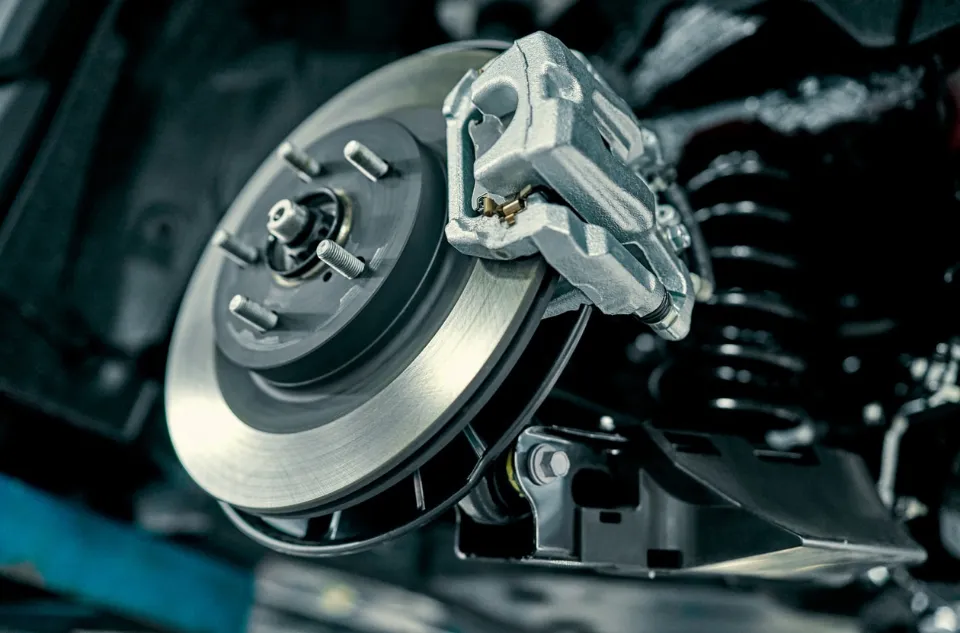
How to Change the Brake Pads?
Brake pad replacement is a fairly easy process. To make this repair, you do not need to know how to change brake pads.
The steps are as follows:
The valve is removed from its caliper seat after the brake pads have been removed. After that, press out the old pad and put in the new one. For both brakes, repeat this procedure on the opposite side of your car.
There are two types of brake pad systems: disc-style and drum-style. If your vehicle is a disc-style model, you can simply swap out both sides at once and then slide your wheels back into position to make them flush with one another.
After finishing the first side of a drum-style system, reinstall the wheels, and then carry out this process again for the second side. After that, you’ll need to check that your wheels are positioned evenly apart.
Read more:

Checks You Should Perform After Installing the New Brake Pads
How to check brake pads? After installing the new brake pads, you should perform the following checks :
- Make sure the brake pads are installed correctly. If they’re not, you’ll need to remove them and refit them again.
- In order to avoid interfering with the new brake pads, adjust the caliper piston.
- Observe any leaks in your system for fluids such as brake fluid or anticorrosive fluid and fix them as soon as possible.
- To ensure that your brakes are functioning properly, check to see if any dirt or dust has been left behind.
- Before leaving with your car, check your brakes to make sure they are functioning properly.
- Check the wheel bolts to see if they are sufficiently tight if your brakes are squeaking.
- When braking, if you hear grinding noises, your brake discs may need to be replaced.
- Drive for about 10 meters on a smooth road before pressing the brake pedal to check the brake pads for issues.
- Check to make sure nothing else needs to be fixed on these brakes, and if anything has been removed earlier, replace it all.
- If your handbrake isn’t working correctly, fix it before you start your car.
What Happens When Brake Pads Wear Down?
Every time you engage your vehicle’s brakes, you are causing minute amounts of wear and tear on your brake pads. This friction causes minor amounts of the brake pad’s protective coating to wear away for all brake pad types, including ceramic, organic, and metallic. Your brake pads will eventually get to the point where they need to be replaced as a result of the cumulative effects of this deterioration over time. Here are some signs to look for to know when to replace brake pads:
- SQUEALING OR SCREECHING NOISES
Any driver will typically notice the first sign when they hear a squealing, screeching, or whining sound when the brakes are applied. This sound is caused by a small, metallic shim indicator that’s embedded in your brake pad for just this purpose. When you hear it while braking frequently, it’s probably time to take your car to a brake specialist for an inspection.
When brakes are exposed to wet, damp conditions, such as after a rain storm, a thin layer of dust can form on the brake pads and cause a very similar screeching sound while braking. It’s a good sign that a sound was caused by a small amount of rust that had accumulated on the brake pad and not a sign that the brake pad needed to be replaced if it stops occurring after the first few times you use your brakes.
- LESS THAN A QUARTER INCH OF BRAKE PAD
You can also visually inspect your brake pads to know if it’s time to have them replaced. You can see the brake pad compressed against the brake rotor by looking through the spokes of your tire. Particularly if it has been a while since your last inspection and the brake pad thickness is less than ¼ inch (roughly 3 millimeters), you should think about having your brakes inspected.
- DEEP METALLIC GRINDING AND GROWLING
In addition to your brake pads being worn out, your brake discs and calipers coming into contact if you hear a deep, low noise that sounds like metal grinding or a rumbling growl. If you hear this kind of noise, you should take your car as soon as you can to a service center because this metal on metal contact can quickly lead to even more damage in your braking system.
- INDICATOR LIGHTS
When it’s time to replace the brake pads, some vehicles’ dashboards will illuminate an indicator light. If you want to know if your car has a low-pad warning system, check your owner’s manual. It’s important to keep in mind that if the light does turn on, your mechanic will need to replace both the brake pads and the light sensors.
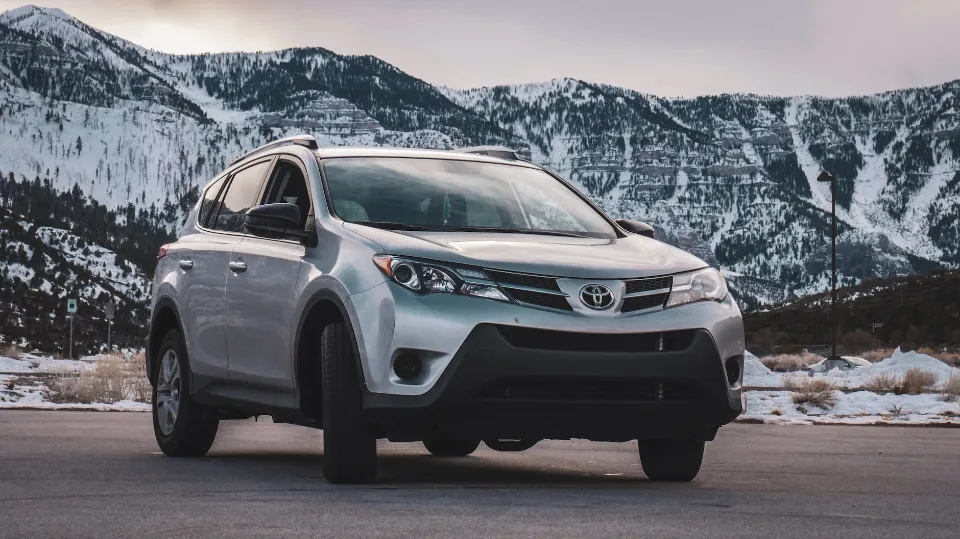
When Should You Change Brake Pads?
Here are 6 typical indicators that it’s time for new pads.
- Squeaking or Squealing Coming From Brakes
If your brake pads are near the end of their useful life, the first symptom you’ll begin to notice is a squeaking or squealing noise coming from the brakes. The most common cause of squealing brake pads is excessive pad wear. Once you’ve worn down your pads enough, you’ll start to experience a grinding noise, at which time you’ll also begin to damage your rotors, making the cost of repair even more expensive.
- Grinding Sound When Braking
As we stated above, if you’re experiencing a grinding noise while you’re applying pressure to the brake pedal, your brake pads need to be replaced As soon as possible. Some brake pads have built-in metal wear indicators, which are intended to make a loud noise and notify you that the brake pads need to be replaced. If you leave the brake pads to continue grinding, you’re opening yourself up to a lot more damage and higher repair costs.
- Vibration When Braking
Another indicator that your car’s braking system needs repair is vibration when you apply the brakes. Chances are that your rotors are warped and create uneven brake pad wear at the same time.
- Taking Longer To Stop
Another major sign that your brakes need to be checked out is loss of performance when applying the brakes. If you’re experiencing less than ideal-stoppage times while applying your brakes, it may mean your brake pads are worn down completely or that your brake fluid is low (oftentimes due to a leak). You should visit a brake mechanic as soon as you can to get a true understanding of what’s happening with your brakes so that you don’t lose all braking capability.
- Brake Pad Indicator Light Comes On
Most modern vehicles come with brake warning lights that appear on your dash. The first is the Antilock Braking System (ABS) light, and the second is the brake system warning light. When there is a problem, your brake light won’t always come on; it will also turn on when your parking brake is applied. But if you’re seeing a brake warning light and your parking brake isn’t engaged, it’s time to have a brake expert take a look at your system to diagnose your issues.
- Your Brake Pads Appear To Be Thin
You can quickly check the condition of your brake pads by visually examining them for wear. To do this, locate your brake pad by looking between the spokes on your wheels. If it appears to be less than a ¼ inch or 6.4 mm thick, you’re probably due for a set of new brake pads.

FAQs
Should You Replace All 4 Brake Pads at Once?
Should you, however, replace all four brake pads at once? Well, first, you absolutely should replace both front or both rear brake pads at the same time. One ought to be deteriorating at roughly the same rate as the other, unless there is a serious problem.
Is It OK to Replace Brake Pads Only?
Yes, but it also depends on the state of your brake rotors. If they aren’t damaged or thinned beyond the discard thickness, you can definitely change just the worn brake pads. How much discard is there? It’s the minimum thickness for rotors, as specified by the rotor or vehicle manufacturer.
Are Brake Pads Easy to Replace?
It might be time to replace your brake pads if you hear a nasty squeal when you press on the brake pedal. Changing your brakes is a fairly simple process for the avid DIYer and we’d rate it a 2 out of 5 wrenches in difficulty. The time it takes to complete this task will vary depending on the type of vehicle you have.
What Happens If You Wait Too Long to Change Brake Pads?
The pads will score the rotors and overextend the calipers if you wait too long to replace them. If the rotors have never been turned, turning them rather than buying new ones could save you money as long as the pads don’t leave deep grooves in them.
Summary: How Long Does It Take to Replace Brake Pads?
How long does it take to replace brake pads depends on several factors. Generally speaking, replacing brake pads takes about an hour. If you plan on doing the job yourself, leave 2-3 hours of spare time, just in case.
Most people can change their own brake pads because it is a fairly simple task. Take your time, though, and be sure that everything is done correctly.
If you have any questions, please leave a comment. If you like the post, please share it with your friends. Thank you for reading.

